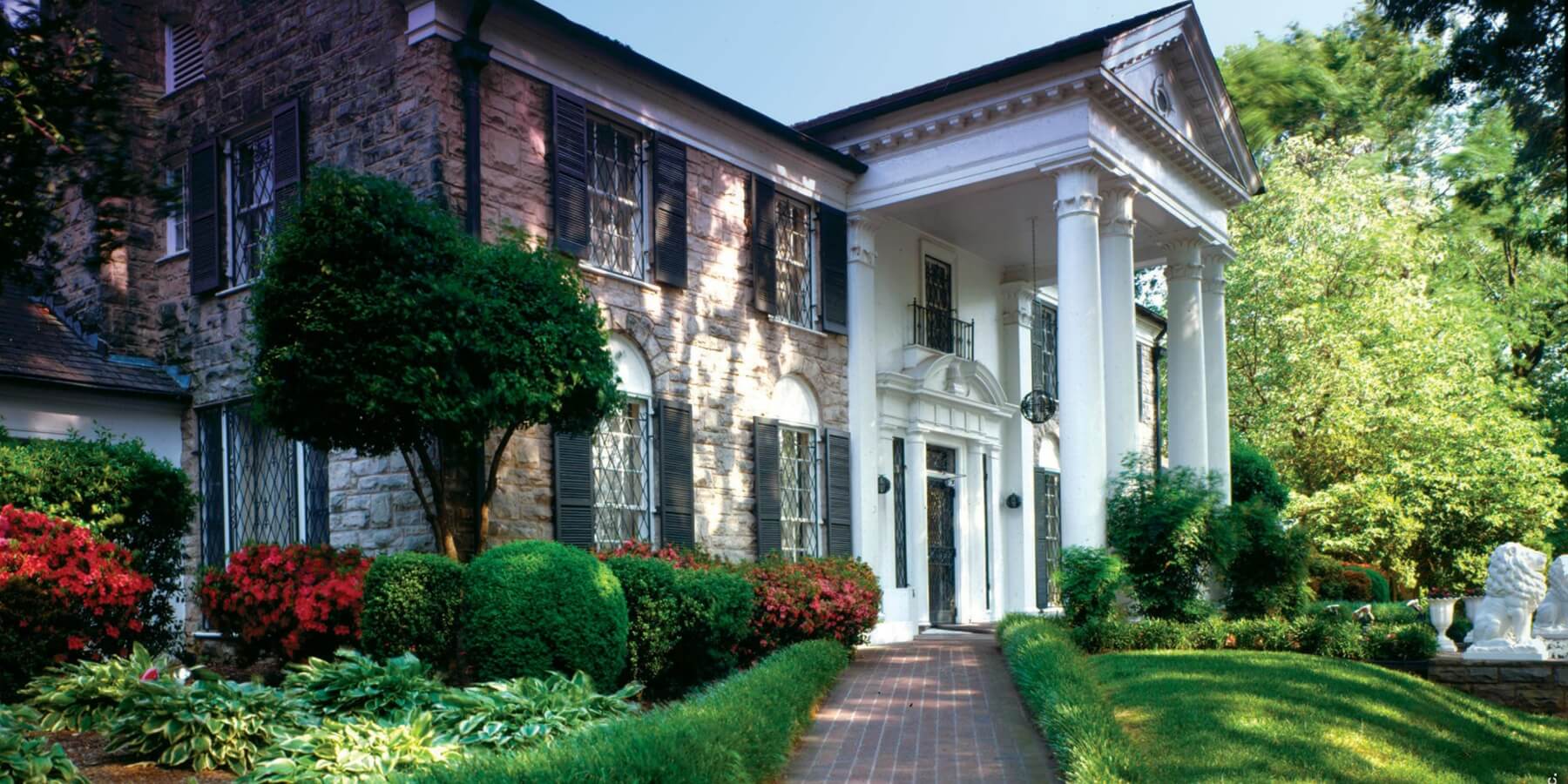
Elvis Presley’s Beloved Graceland Home Is Located Near the World’s Largest Private Bomb Shelter
When Elvis Presley purchased his beloved Graceland home, he sought refuge from his life as the world’s most famous rock and roll singer. He subsequently chose the Whitehaven section of Memphis to move his family into a Colonial Revival-style home.
Whitehaven was then a rural area with lots of green space and the quiet Presley yearned for. However, constructed not that far from Presley’s home was the world’s largest private bomb shelter, built by another famous Memphian.
Graceland’s location puts it within 3 miles of the world’s largest private bomb shelter
Elvis Presley was not the only famous person who resided on then-Highway 51, now called Elvis Presley Boulevard, in Memphis, Tennessee. Hoyt Wooten was a Memphis radio and television legend and the owner of the world’s largest private bomb shelter.
Wooten was the founder and owner of WREC Radio and Television in Memphis. It was the city’s first radio and TV station.
Presley moved into Graceland in 1957 with his parents, Vernon and Gladys Presley. He had lived in the neighborhood for around five years when longtime resident Wooten began constructing a bomb shelter in response to the Cold War.
The shelter was enormous and located under the ground. Wooten believed he and others would be safe from the threat of nuclear fallout from the Soviet Union.
All about Hoyt Wooten’s private bomb shelter
Not far from Elvis Presley’s Graceland home was Hoyt Wooten’s Spanish Revival mansion. Wooten built his home on 27 acres in the Whitehaven community, south of Memphis, around 1938.
However, during the Cold War, Wooten designed and built a fallout shelter in his backyard. It was built over two years, between 1961 and 1963, reported TN.gov.
The shelter was 5,600 square feet large and designed to hold 65 people for a month if a nuclear bomb was dropped near Memphis. The shelter’s impressive interior was designed by Memphis architect and interior designer William Nowland Van Powell, known for his designs for the Greyhound Lines bus company.
In addition, the structure featured men’s and women’s dormitories, a kitchen, a radio communication room, a recreation room, men’s and women’s bathrooms, and even a morgue. The shelter cost $155,000 to build and was dug 15 feet underground.
According to the website High Ground, by June of 1963, Wooten began giving shelter tours to groups until his death in 1969. In the early 1980s, the Wooten property was turned into Whitehaven’s 38-acre Lion’s Gate housing development. The shelter became a recreation center for people living in Lion’s Gate.
Graceland and the Hoyt Wooten bomb shelter are in the National Register of Historic Places
The Hoyt Wooten fallout shelter was named to the National Register of Historic Places in 2019. A marker commemorating the distinction was placed outside Wooten’s structure in 2023.
“Lions Gate is a special place, as is Memphis. This designation memorializes our sentiment and makes it official. It means so much to our neighbors and me,” said Lion’s Gate Owners Association President Lauren Holland to WREG.
Elvis Presley’s Graceland home was added to the register in 1991. The official document lists details about the interior and exterior of the structure.
Graceland was deemed historic due to its significance in the performing arts and social history. The document says, “The unique association between Presley and Graceland, his home in Memphis, Tennessee, for more than 20 years (1957-1977), is so powerful that Elvis and Graceland are essentially interchangeable.”
Graceland sits just around three miles from the Hoyt Wooten fallout shelter. The home was also declared a National Historic Landmark on March 27, 2006.


